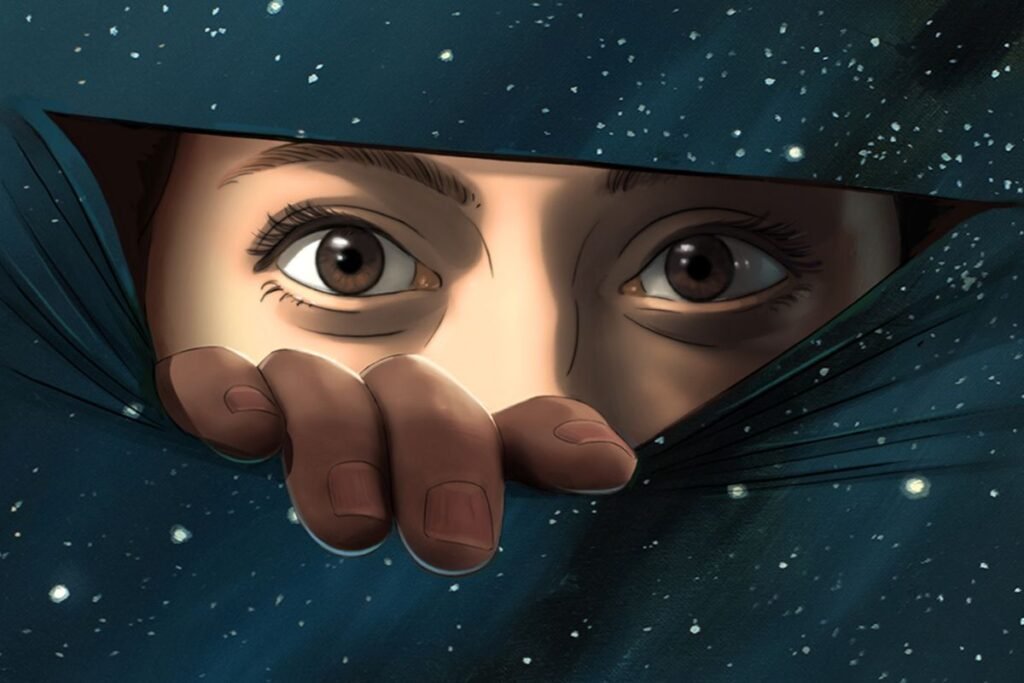Animation is a powerful medium that allows creators to bring their imagination to life. Whether it’s for a commercial, film, or educational content, animation has the ability to captivate audiences and convey complex ideas in a visually engaging manner. This blog explores the different types of animation, their applications, and the creative process involved.
Types of Animation
1. 2D Animation
2D animation involves creating movement in a two-dimensional space. It’s characterized by flat, vector-based graphics and can be used for everything from cartoons to educational videos. Traditional 2D animation involves frame-by-frame drawing, while digital 2D animation uses software to create and manipulate images.
2. 3D Animation
3D animation adds depth to characters and environments, creating a more lifelike and immersive experience. It involves modeling objects in a three-dimensional space and animating them using keyframes and motion capture. This type of animation is widely used in feature films, video games, and virtual reality.
3. Stop Motion
Stop motion animation involves photographing real-world objects frame by frame to create the illusion of movement. This technique can be used with clay figures, puppets, or even everyday objects. Stop motion has a distinctive, tactile quality that can add charm and uniqueness to a project.
4. Motion Graphics
Motion graphics combine graphic design and animation to create engaging visuals. They are often used for explainer videos, advertisements, and data visualization. Motion graphics focus on the movement of graphic elements rather than character animation.
5. Character Animation
Character animation brings characters to life, making them move, speak, and interact in ways that convey personality and emotion. This type of animation can be used in everything from feature films to video games and is essential for creating compelling and relatable characters.
The Animation Process
1. Concept Development
The animation process begins with brainstorming and developing concepts. This includes creating storyboards, defining characters, and outlining the narrative. Concept development sets the foundation for the animation and ensures that all creative elements align with the project’s goals.
2. Design and Modeling
In this phase, animators design characters, environments, and assets. For 2D animation, this involves creating character sheets and background art. For 3D animation, it includes modeling characters and objects in a 3D space.
3. Animation and Rigging
Once the designs are finalized, animators start bringing them to life. In 2D animation, this involves drawing frames and creating movement sequences. In 3D animation, rigging is used to create skeletal structures that allow characters to move and express emotions.
4. Texturing and Lighting
Texturing involves adding surface details and colors to the 3D models. Lighting is crucial for setting the mood and highlighting important elements in the scene. Both texturing and lighting enhance the visual quality and realism of the animation.
5. Rendering and Compositing
Rendering is the process of generating the final image or video from the 3D models. Compositing involves combining different visual elements, such as animation and live-action footage, to create a cohesive final product. This stage also includes adding special effects and fine-tuning the visuals.
6. Sound Design and Music
Sound design and music play a crucial role in animation. They enhance the emotional impact and provide context to the visuals. Animators work with sound designers and composers to integrate audio elements seamlessly.
Applications of Animation
1. Entertainment
Animation is widely used in film, television, and video games to entertain and engage audiences. It allows for the creation of fantastical worlds and characters that captivate viewers and enhance storytelling.
2. Education
Educational animations help simplify complex concepts and make learning more interactive. They are used in e-learning platforms, instructional videos, and educational programs to provide visual explanations and enhance understanding.
3. Marketing and Advertising
Businesses use animation in marketing and advertising to create eye-catching and memorable content. Animated explainer videos, advertisements, and social media campaigns can effectively convey messages and promote products.
4. Medical and Scientific Visualization
Animation is used to visualize complex medical and scientific processes, making them easier to understand. It is used in research presentations, medical training, and public health campaigns.
Challenges in Animation
1. Time-Consuming Process
Animation can be time-consuming, especially for complex projects. Each frame or sequence requires careful attention and can take considerable effort to complete.
2. Technical Issues
Technical challenges, such as software limitations or rendering problems, can impact the production timeline and quality. Animators need to troubleshoot and resolve these issues to ensure a smooth workflow.
3. Budget Constraints
High-quality animation can be expensive, and budget constraints may limit the scope of the project. Managing resources and optimizing workflows are essential to staying within budget.
Conclusion
Animation is a versatile and powerful tool that brings ideas to life in a visually compelling way. Whether it’s for entertainment, education, or marketing, animation has the ability to captivate audiences and convey complex concepts effectively. For top-notch animation services in Dubai that bring your vision to life, J Cut Production is the premier choice. As the leading video production company in Dubai, J Cut Production offers expert animation services that ensure your projects stand out and make a lasting impact.

